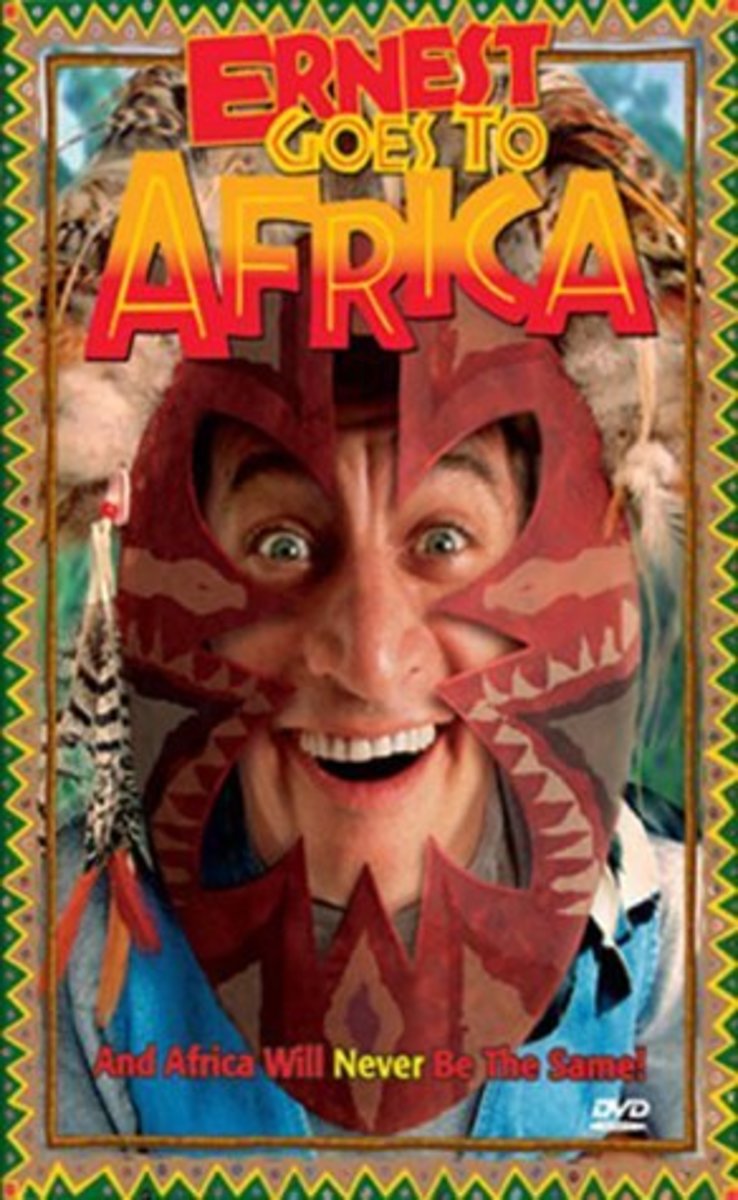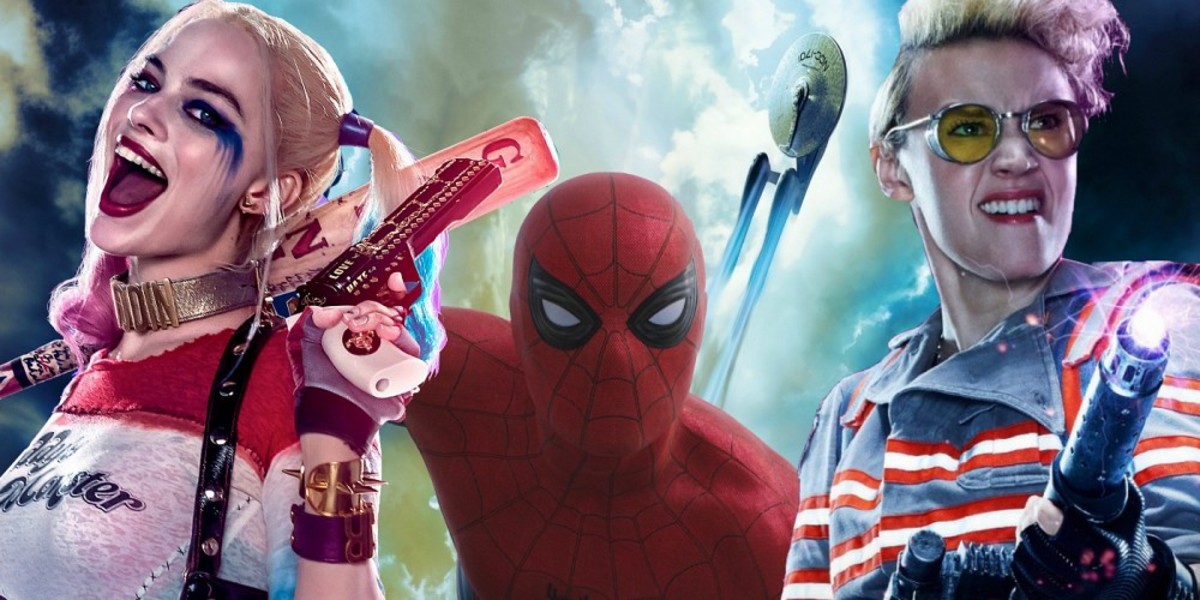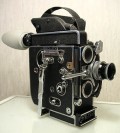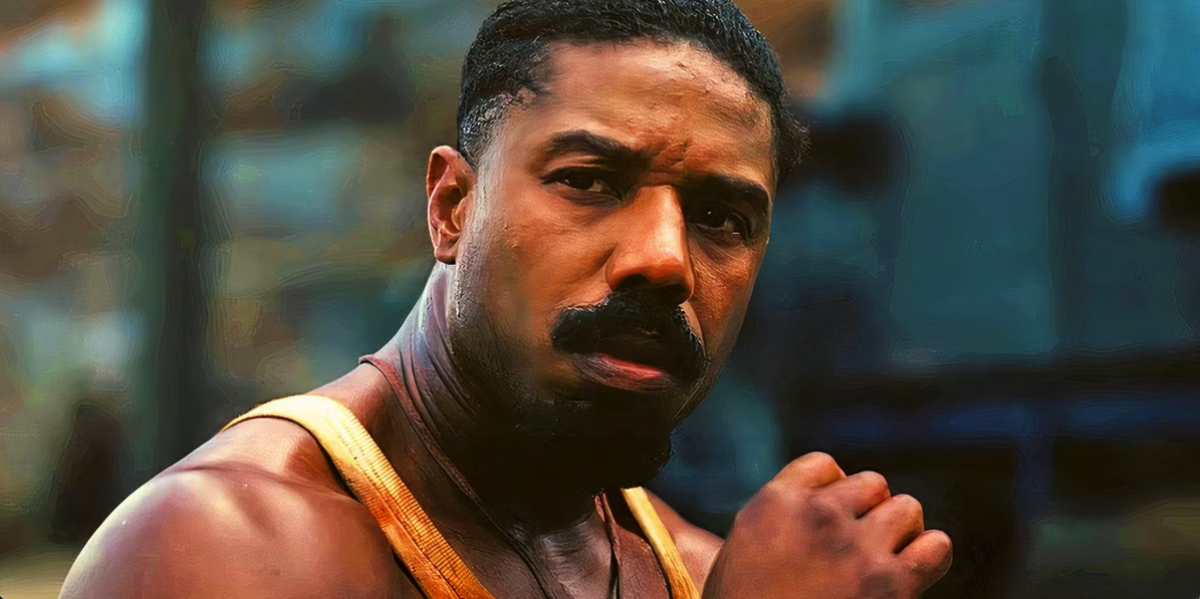Time for a Change in Hollywood
Hollywood needs new blood. Where are the revolutionaries?
You hear it all the time. People justifiably lament that the Hollywood film machine is lacking in originality, innovation and imagination. We have a whole industry based predominantly around sequels, remakes, TV adaptations, formulaic romantic comedies, cutter-cutter action films and cute kid’s movies. Studios and filmmakers are either afraid to experiment or simply lacking in novel ideas. They’ve forgotten that movies are also an art form, not just a business. Hollywood needs a kick in the pants. It needs some new blood.
Competition from DVD/Bu-Ray, cable and the internet have left the studios frozen with fear that any change in business-as-usual will cost them more business. So they stick to what’s proven. They stick to what’s safe. But that may be the wrong strategy. Maybe what they really need to do is roll the dice and gamble on creating a new paradigm. They have to do something to get their mojo back and get people talking again. It’s been done before.
Modern Hollywood just needs to look back to the late 60s and most of the 1970s to find a template for how to give the film industry a much needed-shot-in-the-arm. Sometimes known as the “decade under the influence”, it’s also the period that saved Hollywood.
The 1950s and early 60’s had become a very safe and predictable period for the movie industry. The Golden Age of the 30s and 40s was only a memory and the popularity of television had boomed in the 50s, Hollywood found that it had a new rival, and their box office suffered. Rather than re-thinking their plans, Hollywood of the time chose to stick with non-risky material. They didn’t want to make any waves at a time when they were losing customers.
Movies in the fifties and early sixties were of a tried and true mold. You had romantic comedies with Rock Hudson and Doris Day. You had beach movies with Frankie and Annette. Every once in a while you had a daring project like Rebel Without a Cause (1955) or a scathing satire like Stanley Kubrick’s Dr. Strangelove; Or How I Learned to Stop Worrying and Love the Bomb (1964)but by and large, the period suffered from the same epidemic of sameness as current films do. Even the genuine classics of the time played homage to the status quo. Take, for example, the truly great film To Kill a Mockingbird (1962). It took place in the kind of Norman Rockwell small town that Hollywood had so often depicted in the past. It fit within a context which Hollywood felt was safe.
But something shifted in the late 60s/early 70s. It was a time of massive social turmoil (Vietnam; Watergate; civil rights; the hippie counter-culture; women’s lib) and it cried out for someone to tell its story honestly. To answer the call, a group of revolutionary filmmakers came along to shake up the status quo and save Hollywood from itself.
This era brought us innovative, out-of-the-box classics like Midnight Cowboy, (1969), A Clockwork Orange, (1971), Scarecrow (1973), In the Heat of the Night (1967), Targets (1968) and Bonnie and Clyde (1967), to name a few. The new, young film makers turned traditional images of Hollywood upside down. Peter Bogdanovich’s The Last Picture Show (1971) took the same small town America of To Kill a Mockingbird and Our Town but stripped off the Hollywood sheen and exposed its gritty, grey center.
This new strain of films touched upon taboo topics that most of Hollywood shied away from. Martin Scorsese’s Taxi Driver (1976), for instance, examined the urban decay of big city America in a dark, realistic way never attempted before. Jerry Schatzberg’s Panic in Needle Park (1971) gave us the first no-holds-barred look at the drug culture of the period. Dennis Hopper’s Easy Rider (1969) gave a voice to the alienated, disillusioned youth of the time. Michael Cimino’s The Deer Hunter (1978) and Francis Ford Coppola’s Apocalypse Now (1979) dared to take on the hot-button issue of Vietnam in a way that did not glorify war. Robert Altman’s M.A.S.H. (1970) tackled the same subject by reducing the concept of war to absurdity.
Coppala’s The Godfather (1972) gave us the first realistic view of organized crime, unlike the grandiose, larger-than-life gangsters once played by James Cagney and George Raft. Similarly, this era gave us a no-holds-barred view of cops as real human beings, not idealized bastions of society. William Friedkin’s The French Connection (1971) featured racist cop Popeye Doyle, and Don Siegel’s Dirty Harry (1972) featured an iconoclastic cop who bordered on being a vigilante.
Comedy of the period was dominated by Woody Allen. His insightful and introspective romantic comedies, such as Annie Hall (1977) mixed tragedy and humor, showing the true complexities of relationships as no one before had been able to capture. Also, black people began to develop their own cinematic identity in a genre called Blaxploitaion, which began with Shaft (1971).
The horror film was reinvented and twisted into something more ghastly and grizzly than it had previously been. William Friedkin’s The Exorcist (1973) and John Carpenter’s Halloween (1978) took us to dark places never ventured into before.
Not only did these innovative years bring us an amazing generation of young directors, it also introduced a legion of future acting legends. Al Pacino, Robert De Niro, Robert Duvall, Gene Hackman, Dustin Hoffman, Clint Eastwood, Dennis Hopper, Diane Keaton, Christopher Walken, Meryl Streep, Harrison Ford, Fay Dunaway and many others came along. The period was summed up for fans by the immortal line in Sidney Lumet’s Network (1976) “I’m mad as hell, and I’m not gonna take it anymore!”
Movies were never the same after that. There was no going back. New blood had given Hollywood the transfusion it needed and saved it from mediocrity. Despite the threat posed by television, these bold, innovative directors and actors saved Hollywood by making it new again.
A similar situation exists now. The movie industry is under siege from cable TV, DVD/Blu-Ray and the internet. Times are similarly tumultuous and unstable as they were back then (A recession, war, terrorism, etc.) and there is discontent among the population. Isn’t it time for a new generation of film makers who will tell our story? We’re mad as hell, and we don’t want to take it anymore. So where are the cathartic voices of a new generation who will save the movie industry by recreating it as something more relevant to the times?
Who are the visionaries? There are documentary filmmakers like Michael Moore who are speaking out for the masses, but a documentary is different than a scripted movie. Certainly there are non-conventional filmmakers out there, such as Terry Gilliam, but do these dreamers speak for a generation? There are still occasional examples of a film that is extraordinarily insightful, such as Charlie Kaufman’s amazing 2008 film SynecdocheNY, but an occasional gem isn’t enough. Where’s the influx of innovative young talent who are willing to experiment? Who will lead the charge into a new era? Who will make 2010-2020 into a new “decade under the influence”?
Who will save Hollywood?








